This article was medically reviewed by Luba Lee, FNP-BC, MS and by wikiHow staff writer, Ali Garbacz. Luba Lee, FNP-BC is a Board-Certified Family Nurse Practitioner (FNP) and educator in Tennessee with over a decade of clinical experience. Luba has certifications in Pediatric Advanced Life Support (PALS), Emergency Medicine, Advanced Cardiac Life Support (ACLS), Team Building, and Critical Care Nursing. She received her Master of Science in Nursing (MSN) from the University of Tennessee in 2006.
There are 16 references cited in this article, which can be found at the bottom of the page.
This article has been viewed 172,373 times.
If you’re lactose intolerant, you’re probably all too familiar with this scenario: You want to enjoy something like a nice cheesy piece of pizza or a milkshake, but don’t want to deal with the inevitable aches and pains that come after. What do you do? While cutting out dairy is a surefire way to avoid this discomfort, you’ll be happy to know that there are plenty of other over-the-counter medications and natural remedies that’ll let you enjoy these foods and not leave you feeling so gassy or bloated. Read on to learn all about what steps you can take to reduce your lactose intolerance symptoms and relieve any pain.
Things You Should Know
- Avoid consuming any dairy to prevent pain or discomfort caused by lactose intolerance symptoms.
- Take over-the-counter medicines such as lactase pills, antacids, or antiemetics to reduce symptoms and relieve any pain quickly.
- Eat more probiotic foods (kimchi, sauerkraut, kefir, etc.) or take probiotic supplements to help improve your digestion.
- Choose lactose-free foods or foods that have dairy substitutes to help avoid any symptoms.
Steps
Medication for Immediate Relief
-
1Take lactase pills before you eat dairy to eliminate symptoms. Lactase pills provide your body with enough helpful enzymes to digest lactose so you don’t feel as much discomfort. Right before eating a meal that includes dairy, take one of these lactase pills so it has time to start digesting. This pill will break down the lactose so you can enjoy your meal without any pain.[1]
- Purchase lactase pills from your local pharmacy.
- Use lactase powder if you aren’t able to swallow pills easily. Mix a dose of the lactase powder with a drink before you eat.
- Be sure to take a lactase pill before you eat, as it won’t be as effective if you take it after you eat dairy.
- Talk to your doctor before taking lactase pills if you’re pregnant or breastfeeding since they could have adverse effects.
-
2Use antacids if eating dairy gives you gas or stomach cramps. Make sure the antacid you use contains simethicone, which is a chemical that helps neutralize gasses. Take the antacid right after you consume dairy products or start feeling symptoms. As the antacids start working, your stomach should feel better, and you’ll be able to burp up gas easier.[2]
- Get chewable tablets to help the antacids start working faster. An example of this would be the chewable tablet Tums, which is an antacid made of calcium carbonate.[3]
Warning: Only take the dosage amount listed on the packaging, or else it could cause your stomach to create too much acid later on.
Advertisement -
3Buy an antiemetic if lactose intolerance makes you feel nauseous. Antiemetics work by protecting your stomach lining or by blocking the part of the brain that controls nausea. Follow the directions on the medicine’s package on how to take the antiemetic and take 1 dose when you start feeling sick. If you still feel nauseous or have an upset stomach 4–6 hours later, you may be able to take another dose.[4]
- Don’t take an antiemetic that contains bismuth subsalicylate if you have an aspirin allergy, as it contains an ingredient similar to aspirin.[5]
-
4Take probiotic supplements or eat probiotic foods to aid digestion. Probiotics are natural bacteria and enzymes that help aid your intestines with digestion. Look for a daily probiotic and take it at the same time each day for the best effects. As an alternative, eat more probiotic foods like sourdough bread, kefir, kimchi, and sauerkraut. As the probiotics grow in your digestive tract, you may have less severe symptoms from dairy products.[6]
- Purchase probiotics from your local pharmacy or drugstore.
- A food like yogurt is rich in probiotics, but it also contains lactose. Try a serving of yogurt and wait 24 hours to see if the lactose affects you.
- Probiotics take 2–3 weeks to build up and help more with long-term care. Help them to grow by eating lots of prebiotic foods, such as asparagus, banana, honey, and legumes, which have fibers that feed the probiotics.[7]
Natural Remedies & Self Care
-
1Adjust your posture to remove pressure from your stomach if you feel gassy. If you’re sitting down or hunched over, you may be feeling pain from gases compressing in your stomach. If you’re able to, stand up and walk around for a few minutes to see if this relieves any discomfort. If you need to sit back down, keep your back straight so the gas in your stomach can expand more.[8]
- If you feel pain while you’re sleeping, lay on your back instead of your side or stomach.
-
2Make peppermint tea to help soothe an upset stomach. The peppermint will help ease pain in your stomach and digestive tract so your symptoms aren’t as severe. Bring 1 cup (240 ml) of water to a boil before pouring it over about 10 fresh peppermint leaves. Let the peppermint steep for up to 5 minutes so it can infuse with the water. Enjoy the tea while it’s still warm to get the most effective treatment.[9]
- Get prepackaged herbal peppermint tea if you aren’t able to brew fresh leaves.
- Another option is to buy daily peppermint supplements to reduce your symptoms.
-
3Have fresh ginger or make ginger tea for an upset stomach. Chew a few slices of fresh ginger if you’re feeling nauseous or if you have stomach pains for immediate relief. If you still feel pain afterward, boil 1 cup (240 ml) of water and pour it over ½ teaspoon (1 g) of fresh ginger. Allow the ginger to steep for 3–5 minutes before removing it from the water. Enjoy your tea while it’s still warm for the most effective relief.[10]
- Purchase prepackaged herbal ginger tea if you don’t have fresh ginger available.
-
4Keep a heating pad on your stomach if you have cramps or feel bloated. Turn the heating pad to a medium setting and place it over your stomach. Keep a layer of clothing or blanket between your stomach and the heating pad so it doesn’t get too hot. Leave the heating pad on for 15 minutes at a time to relieve your pain.[11]
Warning: Don’t leave your heating pad on for more than 1 hour at a time since it could create a fire hazard.
-
5Practice light exercises to help alleviate pain caused by gas. Gas moves through your body easier while you’re moving around, so doing simple workouts can help you manage your pain. Things like walking around, lifting light weights, or practicing simple yoga stretches can help gas escape and alleviate any pressure or discomfort. If you don’t feel more comfortable after 10-15 minutes, you may need to try other methods to manage the pain.[12]
- Avoid vigorous exercises like running or lifting heavy weights since they could actually make the pain worse.
-
6Massage your abdomen to relieve discomfort from bloating and gas. Rub your fingers into your stomach in circular motions, starting near your pelvis and working up to your ribs. Start on the right side, then move to the left side and do this for about 2-3 minutes. These self-massages can help relieve any bloating or cramping you may be feeling.[13]
Diet Changes
-
1Avoid consuming any dairy to reduce symptoms and discomfort. Cutting out dairy completely may be the best option to deal with the uncomfortable symptoms of lactose intolerance, such as bloating, diarrhea, and pain.[14] Pay attention to the ingredients in foods and beverages that you consume to look for hidden dairy and lactose: words like "dry milk solids" and "lactose monohydrate" also mean that the food contains lactose. To avoid lactose completely, your best wet will be to look out for labels that say "non dairy" or "no dairy."[15]
- Some surprising foods actually do contain lactose as well, like bread, caramel, cereal, and chicken broth. The following foods are very high in lactose: milk, yogurt, cream, cheese, and milk chocolate. Do your best to avoid consuming these kinds of foods.
- Go completely dairy-free for a few weeks to see how it makes you feel. You might be motivated to continue avoiding dairy if you notice a reduction in your pain and other symptoms of lactose intolerance.
- Most people can consume small amounts of dairy without issue, so you might still be okay even if you eat things that contain small trace amounts of dairy.[16]
-
2Cut back on dairy if you don’t want to eliminate it. Rather than a full serving of dairy, try having a quarter or half-portion instead so you don’t have to digest as much lactose. Include a variety of other foods in your meals so your symptoms aren’t as prominent. In between meals, avoid snacking on dairy products since they will make you feel uncomfortable.[17]
- Eat dairy products with other types of food. This slows down digestion and may make your symptoms less intense and painful. For example, drink a glass of milk when you’re having dinner.[18]
- Take smaller bites or sips to help reduce gas buildup.
Tip: Try eliminating dairy products from your diet for 1–2 weeks and reintroduce single servings 1–2 times a week to see how they affect you.
-
3Enjoy processed dairy foods since they’re easier to digest. Dairy that’s already been processed, such as cheese, yogurt, or buttermilk, has some of its lactose broken down so there isn’t as much for your body to digest. Unprocessed dairy includes things like raw milk, raw cheese, and raw butter. Limit the amount of unprocessed dairy you have so you don’t suffer from lactose intolerance as much as you normally would.[19]
- You may still have some pain or discomfort from processed dairy, but it’s usually not as severe.
-
4Choose lactose-free milk or milk substitutes to prevent painful symptoms. Lactose-free milk tastes the same as regular milk but doesn’t have lactose, so you can still enjoy the full flavor without any pain or discomfort. If you can’t find lactose-free milk at your supermarket, look for substitutes like soy milk, cashew milk, coconut milk, almond milk, or oat milk instead. While they may taste different, your body will be able to digest them much easier. Some other ways to substitute dairy include:[20]
- Trying non-dairy versions of yogurt, ice cream, and cheese
- Using ghee in place of butter
- Opting for coconut oil when you cook or bake in place of butter
- Adding lactase enzymes to milk before drinking it to remove the lactose.
- Lactose intolerance is a problem digesting cow milk protein.
- You can try alternatives, like soy or almond milk.
- If you have lactose intolerance and want to have dairy, take Lactaid pills beforehand or use Lactaid milk.
-
5Get alternate sources of calcium to avoid developing a deficiency. If you cut dairy from your diet, your body’s calcium levels may go down. Look for other foods high in calcium, such as sardines, beans, broccoli, kale, tofu, and fortified cereals. If you aren’t able to get enough calcium in your diet, then take a daily supplement instead.[21]
- Talk to your doctor before starting a supplement to see if it’s right for you.
- Calcium is important for bone growth and heart health.
Warnings
- Talk to your doctor before taking any medications or supplements to make sure they don’t cause any harmful interactions.⧼thumbs_response⧽
- Contact your doctor if you experience severe symptoms of lactose intolerance even when you don’t consume dairy since these could be caused by an underlying condition.⧼thumbs_response⧽
References
- ↑ https://www.hopkinsmedicine.org/health/conditions-and-diseases/lactose-intolerance
- ↑ https://my.clevelandclinic.org/health/diseases/7314-gas/management-and-treatment
- ↑ https://my.clevelandclinic.org/health/drugs/20402-calcium-carbonate-chewable-tablets
- ↑ https://familydoctor.org/antiemetic-medicines-otc-relief-for-nausea-and-vomiting/
- ↑ https://www.mayoclinic.org/drugs-supplements/bismuth-subsalicylate-metronidazole-and-tetracycline-oral-route/before-using/drg-20061526
- ↑ https://pubmed.ncbi.nlm.nih.gov/29425071/
- ↑ https://www.mayoclinic.org/prebiotics-probiotics-and-your-health/art-20390058
- ↑ https://www.ncbi.nlm.nih.gov/pmc/articles/PMC1773697/
- ↑ https://www.pennmedicine.org/updates/blogs/health-and-wellness/2019/december/health-benefits-of-tea
- ↑ https://www.ncbi.nlm.nih.gov/pmc/articles/PMC6341159/
- ↑ https://www.livescience.com/890-study-heating-pads-relieve-internal-pain.html
- ↑ https://my.clevelandclinic.org/health/diseases/7314-gas/management-and-treatment
- ↑ https://my.clevelandclinic.org/health/drugs/20402-calcium-carbonate-chewable-tablets
- ↑ https://www.niddk.nih.gov/health-information/digestive-diseases/lactose-intolerance
- ↑ https://www.ncbi.nlm.nih.gov/pmc/articles/PMC6115795/
- ↑ https://www.mayoclinic.org/diseases-conditions/lactose-intolerance/diagnosis-treatment/drc-20374238
- ↑ https://www.livescience.com/34761-lactase-enzyme-deficiency-causes-lactose-intolerance.html
- ↑ https://www.mayoclinic.org/diseases-conditions/lactose-intolerance/diagnosis-treatment/drc-20374238
- ↑ https://www.livescience.com/34761-lactase-enzyme-deficiency-causes-lactose-intolerance.html
- ↑ https://www.mayoclinic.org/diseases-conditions/lactose-intolerance/diagnosis-treatment/drc-20374238
- ↑ https://www.mayoclinic.org/diseases-conditions/lactose-intolerance/diagnosis-treatment/drc-20374238
- ↑ https://www.mayoclinic.org/diseases-conditions/lactose-intolerance/diagnosis-treatment/drc-20374238
- ↑ https://www.mayoclinic.org/diseases-conditions/lactose-intolerance/diagnosis-treatment/drc-20374238
- ↑ https://www.mayoclinic.org/diseases-conditions/lactose-intolerance/diagnosis-treatment/drc-20374238
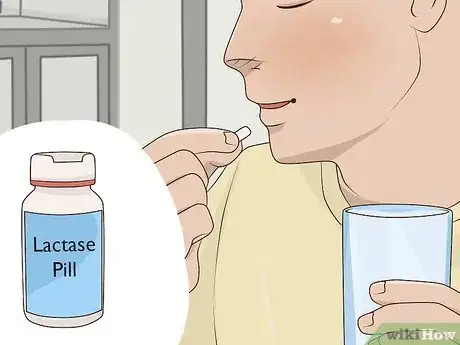
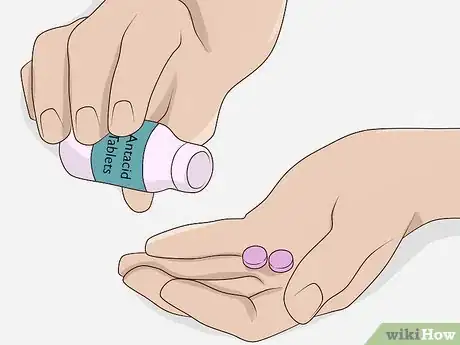
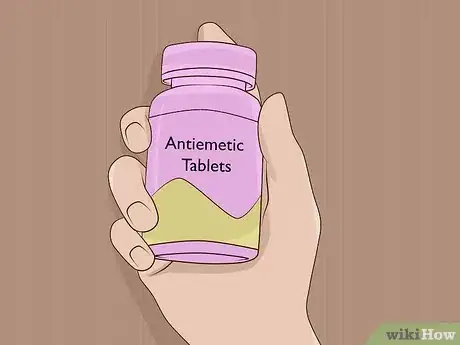




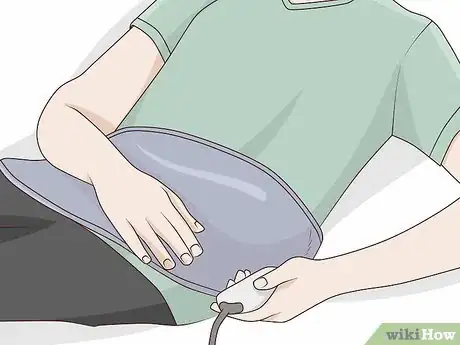

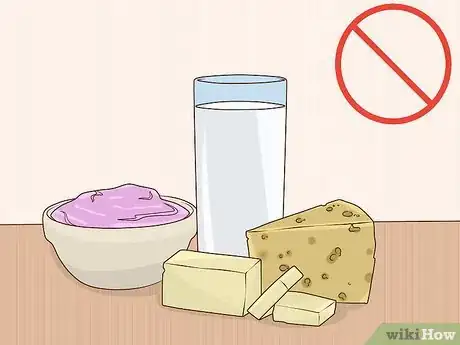
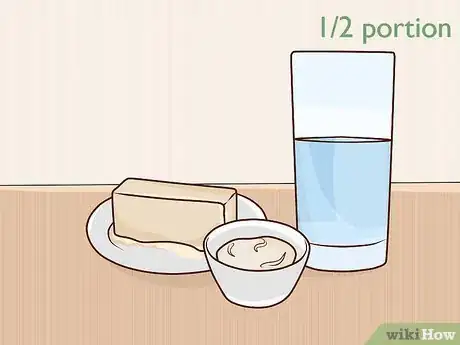

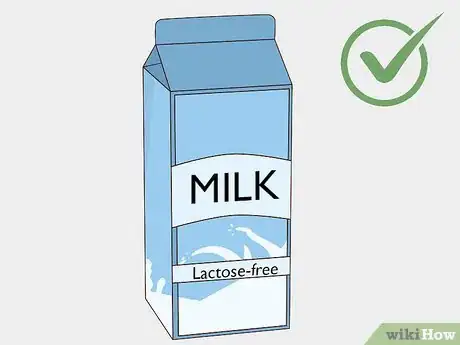

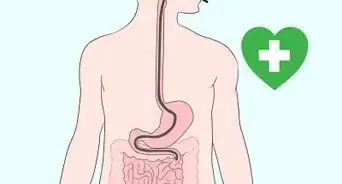
























































Medical Disclaimer
The content of this article is not intended to be a substitute for professional medical advice, examination, diagnosis, or treatment. You should always contact your doctor or other qualified healthcare professional before starting, changing, or stopping any kind of health treatment.
Read More...